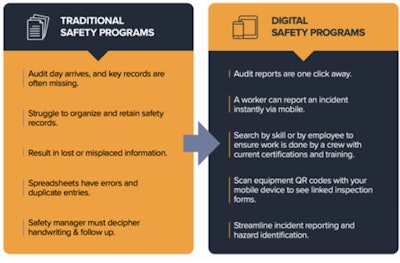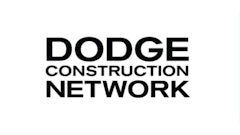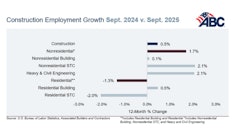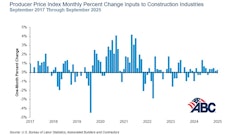
Construction remains one of the most hazardous industries in the U.S., and OSHA’s new 2025 regulations raise the bar for compliance. With the industry still accounting for more than one in five workplace deaths, safety is no longer a back-office task — it’s a core business function.
OSHA’s recent updates reflect a shift toward prevention and real-time verification. Inspectors are now prioritizing proactive documentation and continuous monitoring through wearable tech and smart helmets. Falls, still the leading cause of construction fatalities, are regulated at lower heights, and new heat illness prevention programs are required in hot climates. Crews must also complete documented hazard analyses before beginning high-risk work such as excavation or steel erection.
Beyond physical hazards, OSHA has expanded its focus to include worker mental health, acknowledging the growing crisis of suicide in the construction industry. Companies are now expected to demonstrate efforts that address both physical and emotional well-being through toolbox talks, training logs and documented prevention programs.
At the same time, penalties have increased again in 2025 — with serious violations now exceeding $16,500 and willful ones surpassing $165,000. These escalating fines make proactive safety documentation not just a regulatory requirement but a financial safeguard.
Documentation as Defense
When inspectors arrive, they expect to see proof of safety planning, enforcement and worker training — often on short notice. Paper systems can make this difficult. Records get misplaced, handwriting is unclear and gathering complete documentation can take weeks.
McInnis Construction learned this lesson firsthand. After a fall incident, the company quickly produced comprehensive digital records showing the worker’s training, toolbox talks and attendance. The inspector was impressed by the speed and completeness, and the company avoided fines altogether. The takeaway: strong documentation can mean the difference between compliance and costly citations.
The Role of OSHA Recordkeeping Software
Digital platforms such as HCSS Safety make it easier for contractors to stay compliant. Field teams can record inspections, meetings, and incidents in real time from any device. Data is time-stamped, securely stored and easily retrievable during audits. A safety manager can instantly generate OSHA 300 logs, confirm certifications or review safety trends to prevent future accidents.
 OSHA
OSHA
These features also improve accuracy and foster a culture of safety across jobsites. By integrating documentation into daily routines, companies reduce risk, improve insurance ratings, and demonstrate accountability to both regulators and employees.
Compliance as Strategy
The 2025 regulatory environment leaves little room for outdated processes. With new focus areas including fall protection, heat safety, and mental health, compliance must be proactive and fully documented. Digital recordkeeping tools offer a practical way to stay ahead — streamlining safety workflows, protecting workers and keeping projects moving.
In today’s construction industry, compliance isn’t just about avoiding fines. It’s about building safer, more resilient businesses where documentation, prevention and accountability are part of every job.



















